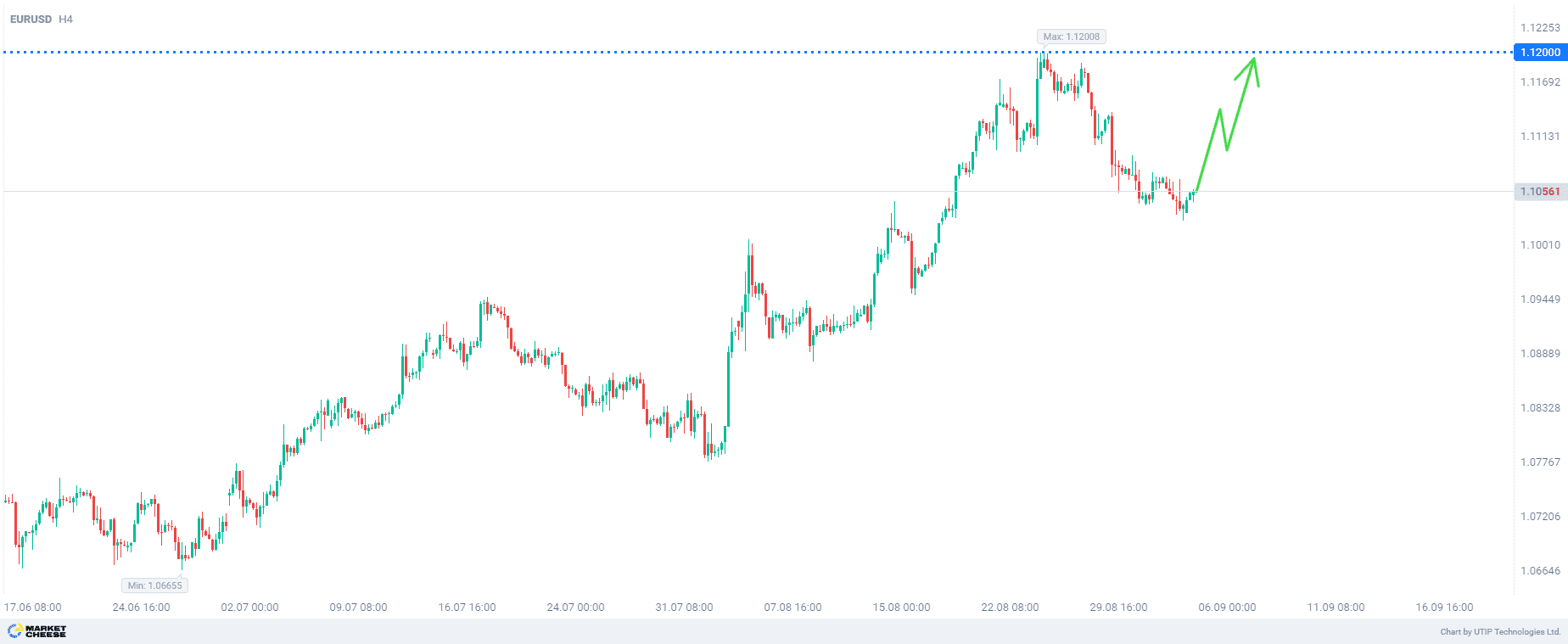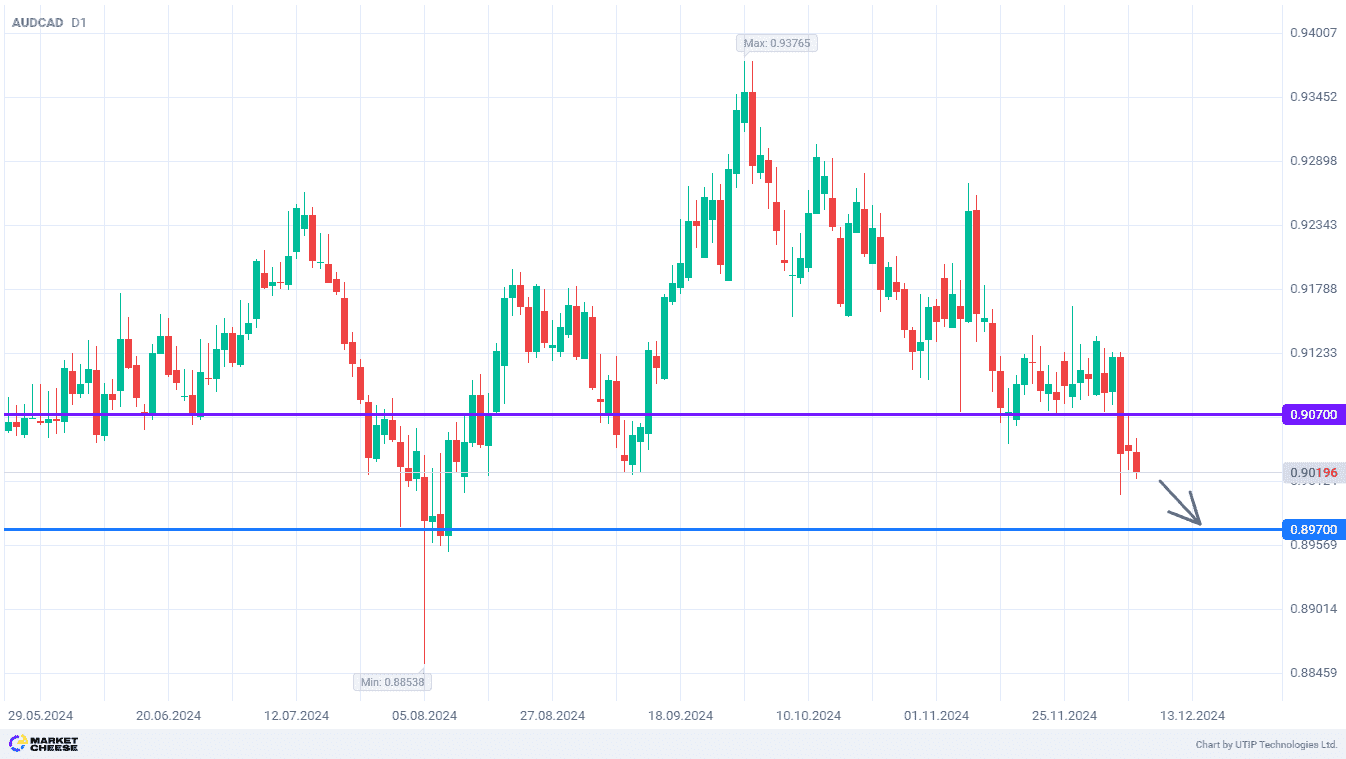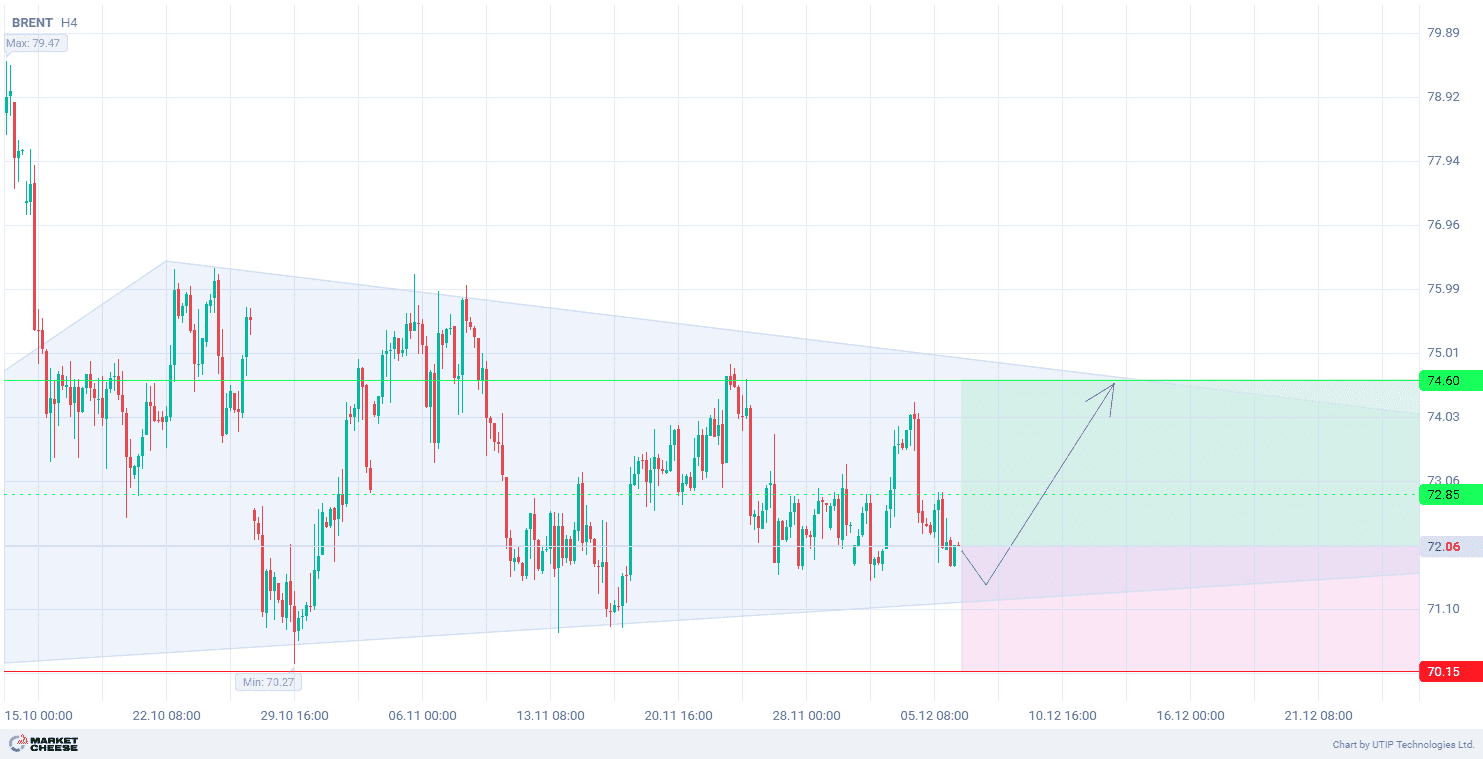The Survey from the Institute for Supply Management (ISM) yesterday showed that U.S. manufacturing output contracted in August amid some improvement in employment, but a further decline in new orders and a rise in inventories indicate that manufacturing activity may remain subdued for some time.
ISM said its manufacturing PMI rose to 47.2 last month from July’s 46.8, the lowest reading since last November. A PMI reading below 50 indicates contraction in the manufacturing sector, which accounts for 10.3% of the economy.
The business activity index (PMI) remained below the 50-point threshold for the fifth consecutive month.
Five manufacturing sectors, including primary metals, furniture, computers and electronic products, reported growth last month. Machinery, textile mills, transportation equipment manufacturers, and electrical equipment, appliances, and components reported contraction.
Output declined and the manufacturing sub-index fell to 44.8, the lowest level since May 2020. ISM said the low level of manufacturing execution is putting additional pressure on profitability.
Residential investment fell 0.4 % and spending on new single-family construction projects fell 1.9 %. Construction of detached homes fell to a 16-month low in July, and inventory levels approached early 2008 levels.
The decline in economic activity in many manufacturing sectors once again shows that the Fed’s tight policy measures to curb inflation have exhausted themselves and are now having a negative impact on the dynamics of production. And this is another argument for the beginning of a rapid and gradual easing of the policy, which in the medium term will lead to the strengthening of EURUSD.
The overall recommendation is to buy EURUSD.
Profits should be taken at the level of 1.1200. A Stop-Loss could be set at the level of 1.0900.
The volume of the opened position should be set so that the value of a possible loss, defined with a protective stop order, does not exceed 2% of your deposit.










